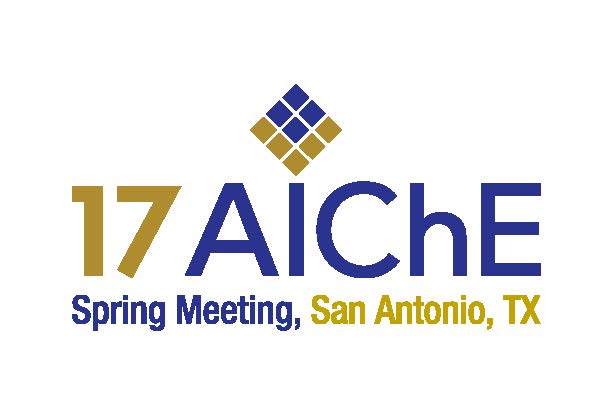

Effectively Addressing Damage Mechanism Reviews in a Process Hazard Analysis: A Checklist Approach
Tazim S. Rehmat, ABSG Consulting Inc., 300 Commerce Drive, Suite 200
Irvine, CA, 92602 (714) 734-2526, TRehmat@ABSConsulting.com
Gary Carrithers, ABSG Consulting Inc., 10301 Technology Drive,
Knoxville, TN, 37932 (502) 592-9386, GCarrithers@ABSConsulting.com
Randal Montgomery, ABSG Consulting Inc., 10301 Technology Drive,
Knoxville, TN, 37932 (865) 671-5832, RMontgomery@ABSConsulting.com
David Whittle, ABSG Consulting Inc., 10301 Technology Drive,
Knoxville, TN, 37932 (865) 671-5819, DWhittle@ABSConsulting.com
Sayed Termah, ABSG Consulting Inc., 15011 Katy Freeway Suite 100,
Houston, TX 77094 (281) 994-0859, STermah@abs-group.com
Keywords: Damage mechanism review, process hazard analysis, mechanical integrity
Abstract
Performing damage mechanism reviews (DMRs) to determine credible degradation modes and susceptibilities of processing equipment has become an important step in developing effective mechanical integrity plans in the refining and chemical processing industries. DMRs aid in formulating inspection plans to mitigate risk from loss of containment and/or unplanned outages and are the subject of a corresponding API Recommended Practice API RP 571. In addition, California OSHA’s (Cal/OSHA’s) recently revised Process Safety Management for Petroleum Refineries now requires that DMRs be performed and process hazard analyses (PHAs) address DMR reports that are applicable to the process unit being analyzed.
A refinery PHA team subject to that regulation will now need to consult with individuals with expertise in damage mechanisms when performing the review of applicable DMR reports. To help effectively address this requirement, the primary PHA methodology can be supplemented with a checklist to help the PHA team identify DMR issues that may be applicable to the process unit. This paper describes the application and contents of a checklist that the PHA team can use to help identify DMR issues such as (1) identifying and demonstrating known corrosion and damage mechanisms (high temperature hydrogen attack, chloride stress corrosion cracking, etc.) are understood and controlled, (2) confirming a DMR report appropriately documents applicable damage mechanisms to the process unit, and (3) confirming a DMR is performed for incident investigations where a damage mechanism is identified as a contributing factor.
Presenter(s)
Language
Pricing
Individuals
| AIChE Member Credits | 0.5 |
| AIChE Pro Members | $19.00 |
| Employees of CCPS Member Companies | Free |
| AIChE Graduate Student Members | Free |
| AIChE Undergraduate Student Members | Free |
| AIChE Explorer Members | $29.00 |
| Non-Members | $29.00 |
